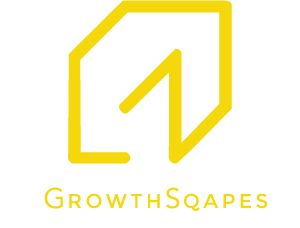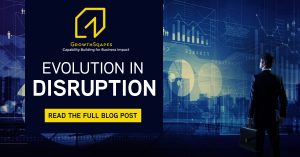In the World Economic Forum meet at Davos in Jan 2020, global business leaders contemplated the purpose of the existence of an organization in the ongoing Fourth Industrial Revolution. This technological revolution is a period that is seeing the rapid replacement of existing technologies by new technologies in a very short span of time. It is an age of accelerated technological advancement that is characterized by new innovations whose rapid application and fast transmission is causing disruptions in business models and sudden, unexpected changes in society.
As organizations define and refine their purposes to meet the needs of multiple stakeholders and of sustainability in the VUCAD world, they themselves are forced to foresee the need to evolve in response to the disruptions that technology is already, both, causing as well as driving. With the latest wave of new digital technologies like AI and Machine Learning, businesses are not even sure if they are asking the right questions which are vital to frame their response strategies. Many feel that they are on the proverbial “treadmill” that makes them run but still keeps them in the same place.
One of the 4 principles of the Darwinian Theory of Evolution states that “only the survivors of the competition for resources will reproduce”, suggesting that only the fittest will survive. If we relate Darwin’s theory to the context of an organization in a business environment, this principle affirms that continuing development is needed just in order to maintain an organization’s fitness relative to the systems and environment it is existing and co-evolving with. Everything is changing around us. If organizations do not reinvent themselves, they will not survive. The Darwinian Principle is a seminal suggestion to keep transforming.
The question that arises now is how can organizations reinvent and survive in the face of the challenges that the dynamism of change throws to them. Organizations can make investments in cutting edge technologies if they have various types of resources to do so. However, what will be a critical success factor is the organization’s ability to apply the technologies to meet its goals. This application will depend upon the capability of human talent in the organization. Therefore, while technology and capital are indispensable resources, the human factor will play the most critical role in defining the differentiators for organizations in the years ahead. Thus, the importance of human resources will increase, not decrease.
At the pace with which we are moving, it is highly possible that in the near term future, we will see a total change. That change will be manifested by humans supporting systems than systems supporting humans. Hence the definition of talent will also change. Many roles and skills will become redundant and the need for new aged skills, the multiplicity of skills in a person and learning agility will push organizations to fashion new business models. Organizations will become a matrix of networks. The shift from vertical functional hierarchies to a network-based organization will lead to a sharp reduction in the importance of designations and a sharp increase in the importance of skills and capabilities. Due to changing demographics, as each new entrant in the workforce will be at least a Millennial, the thought leadership of Millennials and their demands from their professional and personal lives will be seen, shaping the future of organizations.
Organizations will have to become more agile learning organisms, where they will have to quickly learn from their mistakes and adapt to the dynamism in the environment. Organizations that give learning opportunities to employees, motivate employees to learn and transform their work environment into a compelling learning experience will thrive. This will, though not be possible just by chance or will happen in a day. That kind of a learning environment has to be deliberately designed and intentionally built, brick by brick. That environment will create an atmosphere that enriches the lives of their workforce by meeting their needs and empowering them to contribute.
Therefore, as the transformation of the business landscape continues via technological disruptions, successful organizations of the future are likely to be those which can move faster, adapt quicker, and learn swifter.
GrowthSqapes’ learning solution for building a digital business mindset helps to make the workforce more agile.
This blog has been written by Baalmiki Bhattacharyya, Partner & COO at GrowthSqapes.

